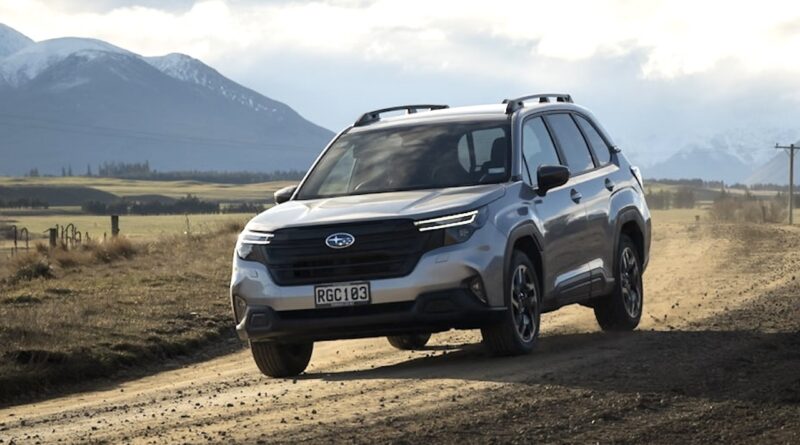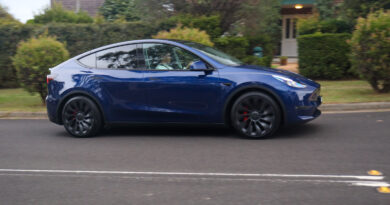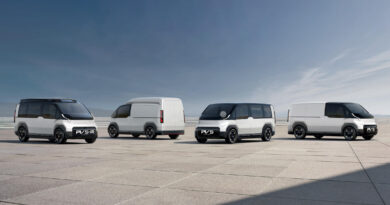2025 Subaru Forester AWD Hybrid Review: A worthy step along the road to EVs, or not quite good enough? Unpacking the sixth generation of one of Australia’s best known medium SUVs
When it comes to electrified vehicles some people accept only zero emission EVs. And that’s understandable.
But other people regard hybrids as an acceptable step along the long road to zero emissions. They are at least heading in the right direction.
Which brings us to the Subaru Forester AWD Hybrid medium SUV. A CO2-emitting petrol-electric hybrid that some will reject out of hand and others will regard as moving in the right direction.
Certainly Subaru is pleased it’s arrived. The Forester is its biggest selling model and has been critical to its health ever since the first generation showed up in 1997.
Importantly, this sixth-generation Forester is now on a level technical footing with the hybrids that increasingly dominate the segment in Australia, led by the all-hybrid Toyota RAV4.
So how does the new Forester AWD Hybrid stack up? Let’s find out.
READ MORE: Subaru Uncharted and Trailseeker EVs looking good for Australia: “Watch this space for some exciting announcements” promises local Subaru boss
READ MORE: 2026 Subaru Uncharted small EV revealed: New rival for the BYD Atto 3, MG S5, Chery Omoda E5 and Kia EV3 offers plenty of performance and decent range
READ MORE: 2025 Subaru Forester Strong Hybrid pricing and equipment revealed
2025 Subaru Forester Strong Hybrid price and equipment
Issue number one with a bullet is the pricing of the 2025 Subaru Forester range, which has risen dramatically.
There are seven Forester models. All of them retain two key Subaru identifiers; a boxer engine and all-wheel drive. The three ‘Strong Hybrids’ -so dubbed because the old Forester offered a mild hybrid – sit alongside four orthodox models.

Entry to the range is up almost $5000 for the cheapest petrol model, while the three hybrids command a minimum $3000 more for the base model AWD Hybrid ($46,490) we’re testing here, $6000 for the AWD Hybrid Sport that gets its own suspension tune and $5000 for the flagship AWD Hybrid Touring.
The Sport and Touring top out around $60,000 or more once you add on road costs.
You can get into Chinese plug-in hybrids for less – much less. Even the Toyota RAV4 hybrid can be had cheaper than the cheapest Forester, let alone the cheapest hybrid variant.
What you get for all that money is an overhauled hybrid system that employs Toyota e-motors and a 1.1kWh lithium-ion battery and 2.5-litre Subaru boxer engine (up from 2.0-litres in the old mild hybrid). It makes 145kW and an unspecified amount of torque.
It also officially averages a claimed 6.2L/100km and more than 1000km on a tank of regular 91 RON as a result. All theoretical of course.
The power output and fuel economy claims are better than either the current orthodox Forester or the old mild hybrid.
Subaru makes a big deal about the Forester hybrid’s AWD system having a mechanical connection from engine (and its planetary gearset CVT) to the rear wheels via a propellor shaft. Rivals such as the RAV4 rely on software activation and electric drive only to drive the e-motor on the rear axle.
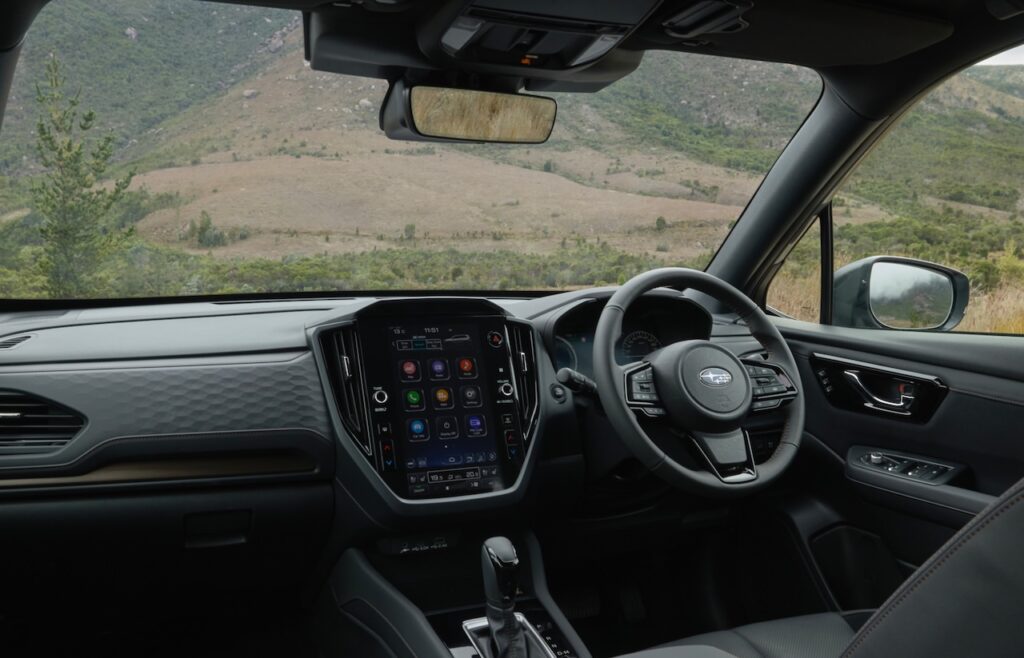
As the entry-level specification the AWD Hybrid misses out on stuff offered higher up the range including a sunroof, a powered tailgate, a Harmon Kardon stereo, a digital instrument cluster, satellite-navigation, power seat adjust, leather trim and bigger 19-inch alloy wheels.
Its equipment list does include 18-inch alloy wheels, dual-zone climate control, new-design cloth seats with heating up-front, a new 11.6-inch unit (replacing an 8.0-inch screen) with wireless Apple Carplay and Android Auto connection.
Subaru’s Eyesight driver assist safety systems are already comprehensive, but there is new feature that stops the car if the driver is unresponsive. It has to be travelling in adaptive cruise control for this to work. The new Forester also picks up a five-star ANCAP rating based on 2024 protocols and has nine airbags and a 360-degree camera.
2025 Subaru Forester Strong Hybrid: What we think
All Forester Hybrids miss out on standard spare tyre of any type. Instead you have to pay more than $3000 for a carrier (with alloy wheel and tyre) that mounts to the towbar. Subaru recommends against towing if you fit it. The Hybrid can only tow 1200kg braked anyway.

While the 2025 Subaru Forester continues on an evolved version of the old car’s platform, there’s been lots of tweaks and updates all over the place for this new generation.
First off, having heard feedback from customers that generation four and five looked too similar, the new Forester has adopted a boxier, bluffer style.
It’s a bit deceptive because it looks bigger than the old car when it’s actually not. Inside there are some gains and losses when comes to individual measures, but the overall amount of space is competitive in the class.
That especially applies in the rear seat where two taller people can comfortably settle. The boot also is competitive in size and useably square in shape.

Up front the controls and screens are better resolved than before. There are less of both, but happily Subaru hasn’t gone the nuclear option and swept all dials and buttons away. The air-con and audio can still be twiddled without drilling.
Wherever you sit the view out is good via big windows and a high seating position. The new seats are supportive and comfy.
OK, to the driving. The hybrid system is a profound step forward from the old set-up. It can be run in pure EV mode at low speed and light throttle inputs. But like many of these systems it is happy for the petrol engine to kick in pretty early and often to assist.
When it does, it does so quietly, which is a reflection of the good overall work Subaru has done on quelling noise, vibration and harshness. It’s a lovely, refined conveyance.
Once the petrol engine is involved and you’re getting the whole package it’s apparent this is not a big performance leap on from the orthodox ICE engine.
Both are pretty pedestrian when getting rolling from low revs – the hybrid is a tad better with its e-motor assistance – and they feel a whole lot more energetic when there’s some revs onboard.
This set-up competitive in the class without being a standout.
Over a lot of highway and country road running, the hybrid averaged 1L/100km better than the ICE – 7.6L/100km versus 8.6L/100km. Its advantage would stretch in town but we just didn’t do enough of that running to quantify it.
Where both the new Hybrid and ICE Foresters made more impact was the obvious change in their dynamic behaviour. The old Forester was supple, comfortable and a bit loose in the steering. This car is sharper, tauter with more direct response.
A 10 per cent more torsionally rigid chassis and new dual pinion steering sourced from the WRX sports sedan help with that.
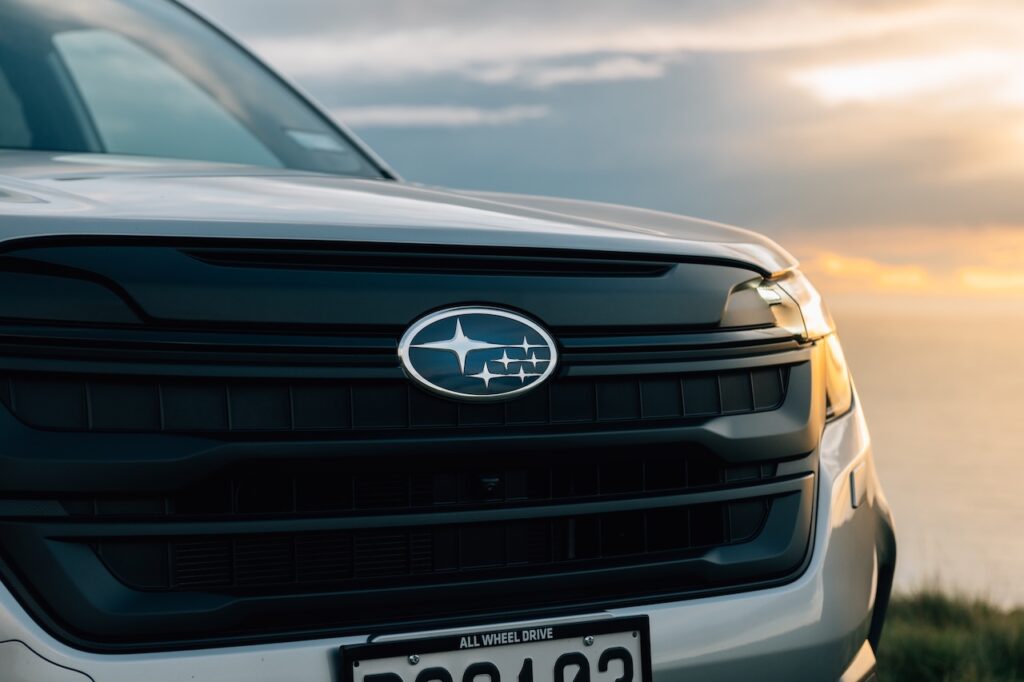
It’s not quite as comfy as before, but it’s not at all angry. The focus has shifted clearly but not too far.
And what of the off-road performance? Gotta be honest, I wouldn’t take any medium SUV too far off the black top. But the Forester did tackle some rocky and muddy farm tracks comfortably enough.
No steep and loose hill climbs and no deep ruts, both of which would quickly cause it issues without low range and proper tyres. Its 220mm of ground clearance is good though.
2025 Subaru Forester Strong Hybrid: Verdict
The 2025 Subaru Forester is a logical incremental step on the road to electrification.
It’s a decent example of the medium SUV breed and bound to attract plenty of those rusted-on Subaru fans in need of a new vehicle.
Some may be deterred by the pricing and that’s understandable. For them, there’s an enormous amount of alternate choice out there.
And for those of us not interested in CO2-emitting hybrids? Well, as we have recently reported here, there’s very likely to be an increased amount of EV choice on offer from Subaru very soon.
SCORE: 3.75/5
2025 Subaru Forester AWD Hybrid specifications
Price: $46,490 (plus on-road costs)
Basics: Petrol-electric hybrid, 5 seats, 5 doors, medium SUV, AWD
Range: 1000km plus (claimed)
Battery capacity: 1.1kW lithium-ion
Battery warranty: 8 years/160,000km
Powertrain: 2.5-litre four-cylinder boxer petrol-electric
Output: 121kW/212Nm (electric motor: 90kW/276Nm)
Combined output: 145kW
Transmission: CVT
Fuel: 6.2L/100km
CO2: 140g/km

